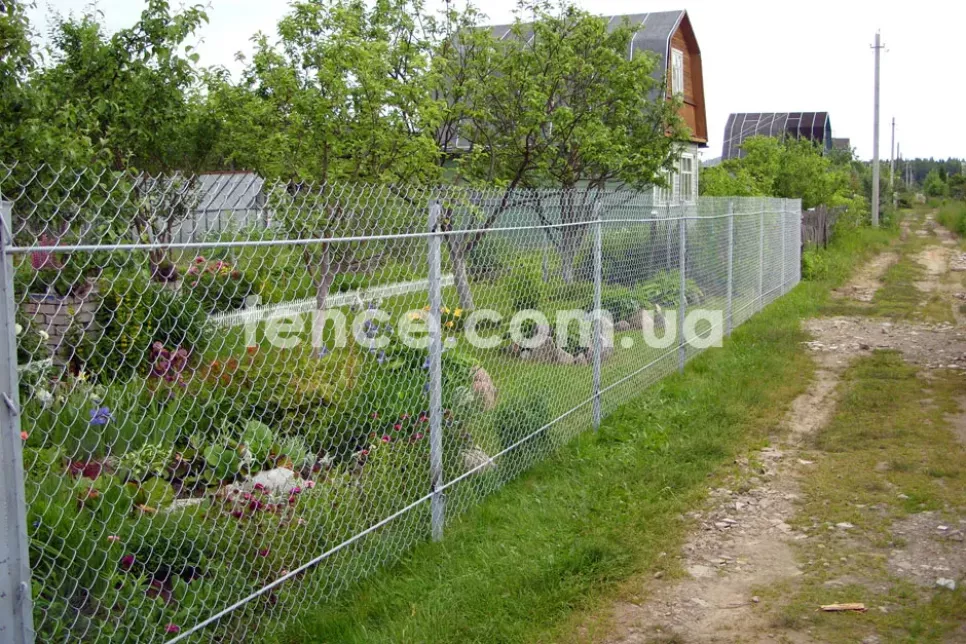
It is generally accepted that installing a chain-link fence is not particularly difficult. We can only partially agree with this statement, because it is possible to determine in advance the complexity of installation only if basic information is available: soil condition, terrain features, climatic conditions, purpose of the fence, the possibility of its further strengthening with additional engineering structures (for example, barbed wire).
It is for these reasons that it is better to entrust installation to professionals. However, there is a structural diagram for installing a chain-link fence, using which you can install the fence, as they say, at your own peril and risk. So, let's look at the installation process step by step.
First, you will need to select support pillars for the base on which the mesh itself will be attached. The following are suitable: wooden beams, asbestos-cement pillars, metal pipes. Before purchasing material, you should determine its quantity. To do this, a rough measurement is made using pegs and a rope stretched over them. The choice of the chain-link mesh itself should be made according to two parameters: cellularity and metal quality. If you are making a fence in a chicken coop, you should choose a mesh with a minimum mesh size in order to prevent predators such as marten and fox from entering the farm territory. As for the coating, the choice usually varies between black and galvanized mesh. Chain-link mesh with galvanized coating will last many times longer than blackened mesh.
The depth of immersion of the support pillars into the ground should be equal to approximately one third of the entire height of the pillar. Sand and crushed stone are placed at the bottom of the pit to prevent the pillar from settling in the future. Then the pillars themselves are inserted and covered with soil and thoroughly compacted. Metal pillars are concreted.
The mesh is attached, starting from any corner post, by screwing it to the post with metal wire or onto pre-prepared hooks. In the case of wooden posts, special brackets are used. Remember that when rolling out a roll, the mesh must be stretched as much as possible to avoid sagging in the future.